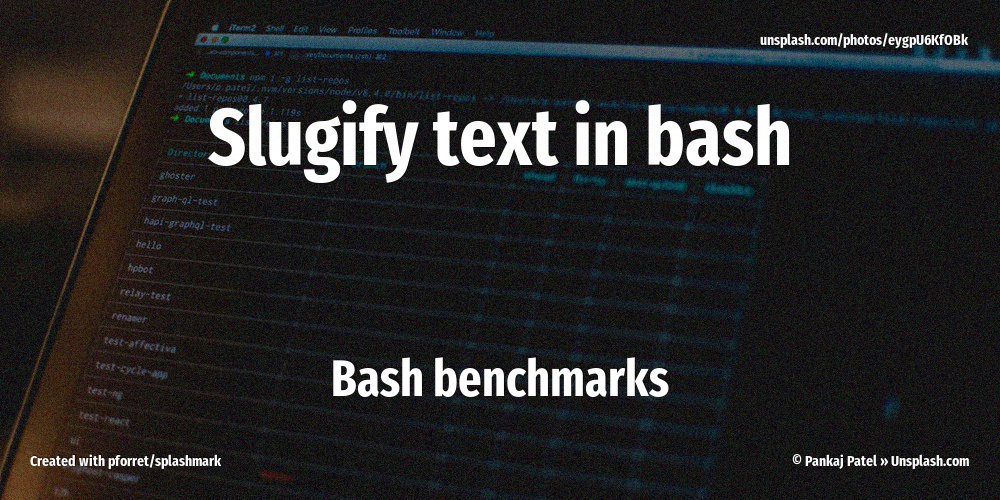Learning Hungarian in an hour
17 Nov 2023In 2007 I wrote a post “Learning Bulgarian in an Hour” based on this article: How to Learn (But Not Master) Any Language in 1 Hour. Let’s see how that works out with Hungarian.
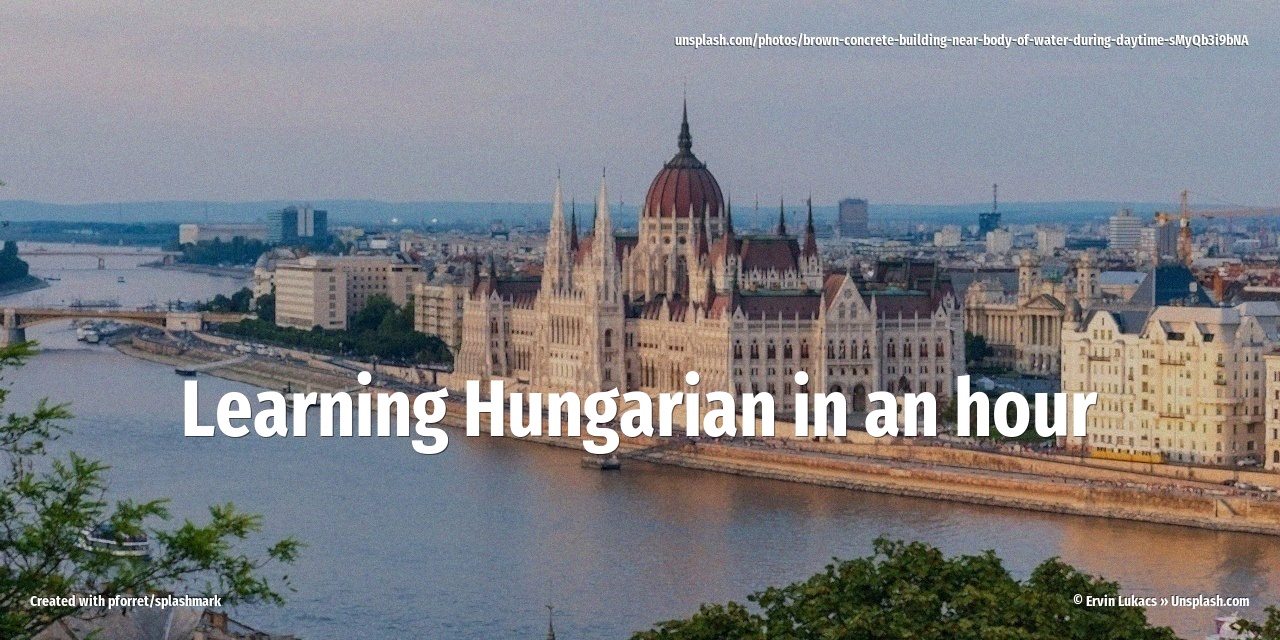
In 2007 I wrote a post “Learning Bulgarian in an Hour” based on this article: How to Learn (But Not Master) Any Language in 1 Hour. Let’s see how that works out with Hungarian.

I’ve started using my setver bash tool for easy semver versioning of components and projects. One of the design decisions I made back then, is that I would always have a VERSION.md version file in the root of my project. This file only contains the current version number. This version is also stored in the composer.json (PHP), package.json (JS) files and git tags, but I wanted a system that also works for my bash projects. In the end, it turns out that was a clever decision.
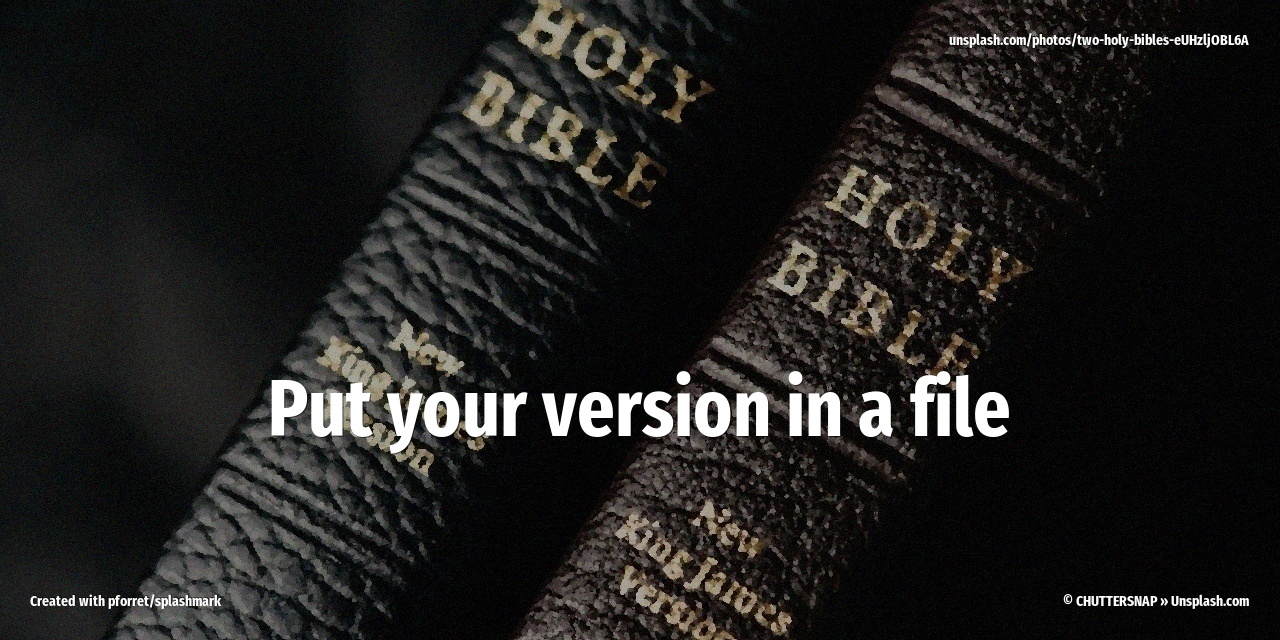
I have been driving my Tesla Model Y 2021 for almost 18 months now, and while I do not really suffer from EV Range Anxiety, I would like to nuance the official range of the Tesla Model Y LR, which is 330 miles / 533km range. That number very much feels like a theoretical maximum. It is not the number you should have in mind when you’re deciding on the next car to buy.

Post #8 in this bash benchmark series, measuring the speed of common bash operations.
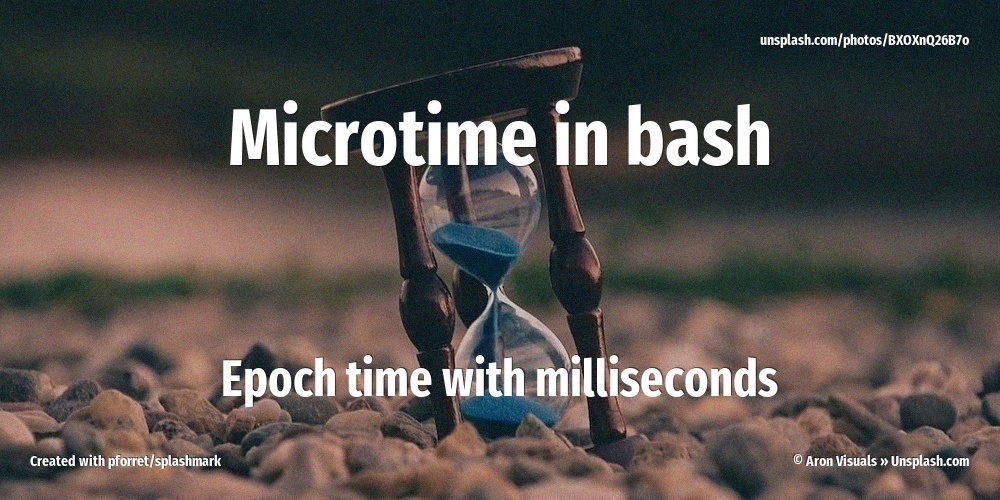
GitHub Actions, used in countless CI/CD setups, are a good example of the ubiquity of bash scripting. Most of the run: lines in an Action YML document are nothing but (a sequence of) bash command lines.
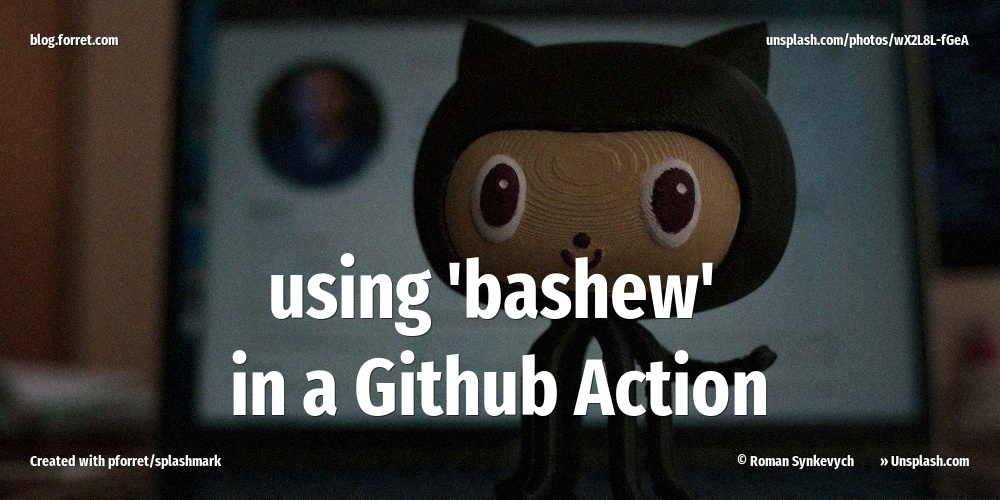
Every end of the month, as I spend several hours getting on top of all my receipts, expenses and invoices, scanning barely legible paper tidbits with my phone, I’m thinking to myself, surely there must be a better way? I mean, we are 2022, after all?
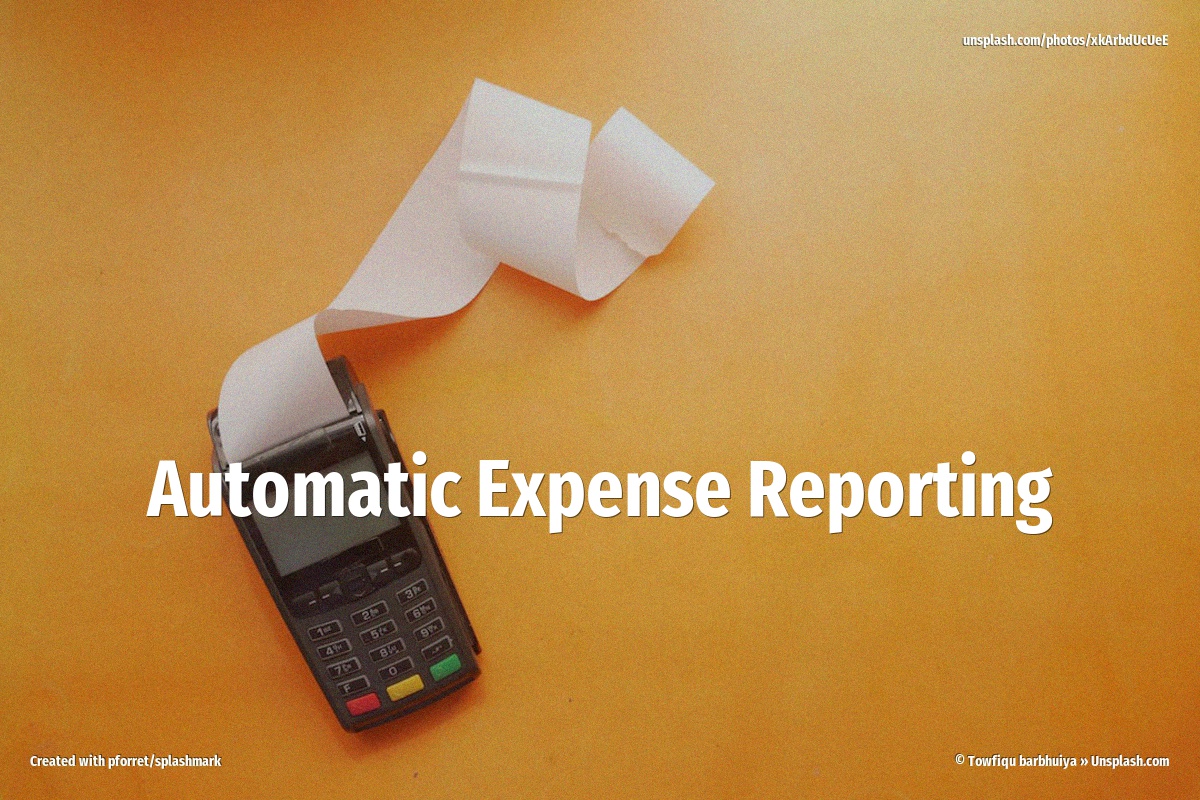
I have been working on GDPR-related issues recently, and I need to vent a little. While it might be a good thing that the privacy concerns, that led to GDPR, were raised by lawyers, unfortunately the implementation was left to lawyers, too. Let me rant first and talk about a solution afterwards.
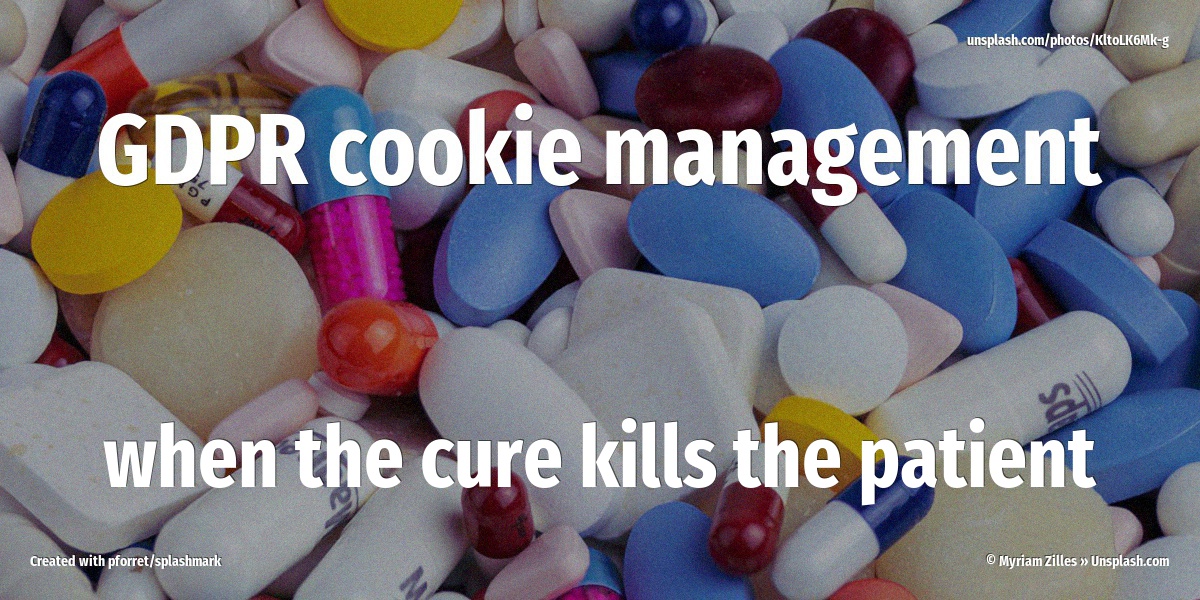
Post #7 in this bash benchmark series, measuring the speed of common bash text manipulations.
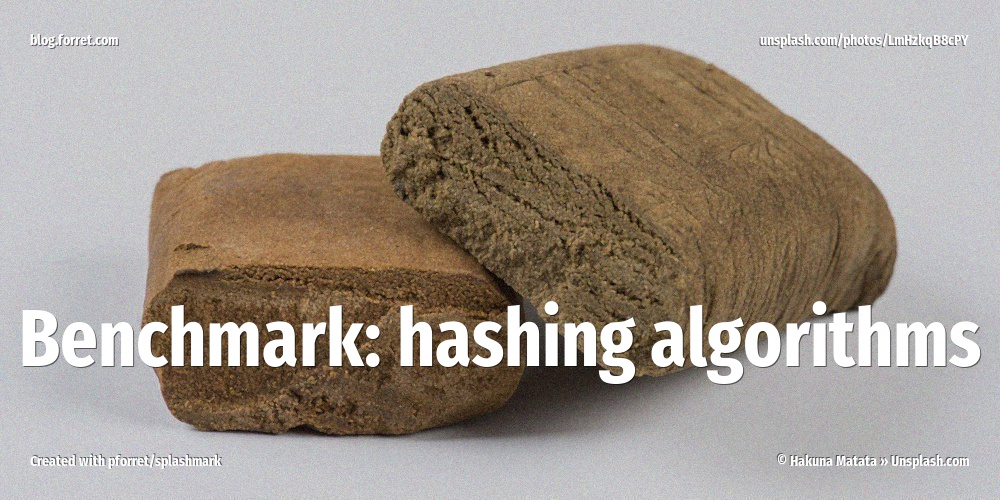
Post #6 in this bash benchmark series, measuring the speed of common bash text manipulations.
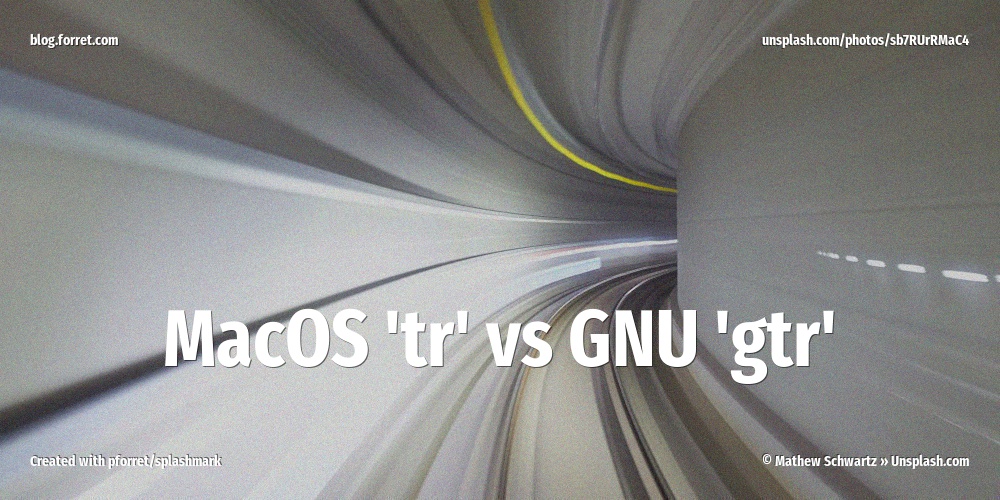
Post #5 in this bash benchmark series, measuring the speed of common bash text manipulations.
